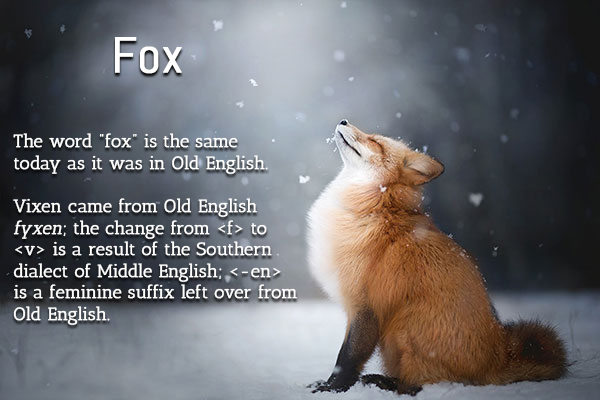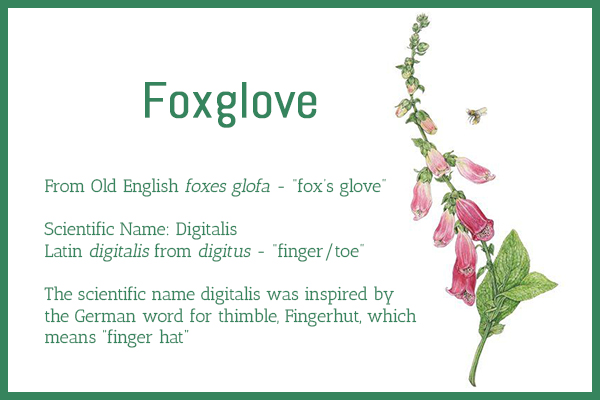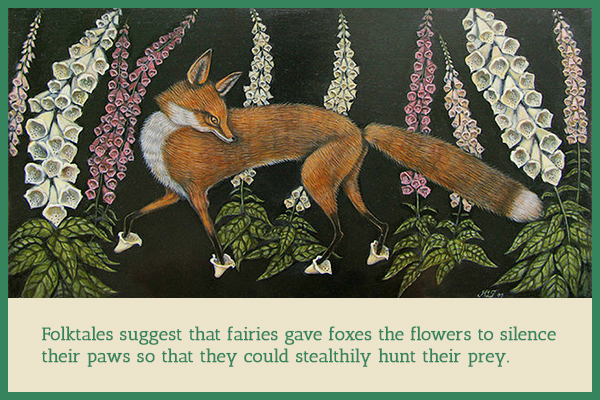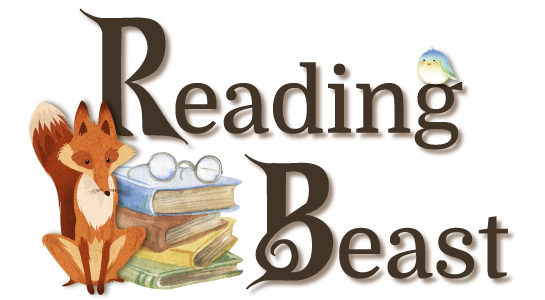Here’s a glimpse at one of my favorite learning tools:
Word Families
When we study a word we study it within the context of its family. We look at the structure of the word, the meaning of the word, its relatives, and the phoneme-grapheme relationship. This type of work explains misunderstood spelling rather than relegating it to a word list for memorizing.

Fox might be an easy word for most kids to spell, however, some kids may initially spell it as *foks. We can study the word and learn that < x > spells / ks /. With SWI we don’t stop at “letter sounds.” We use the misspelling of *foks to learn the purpose of the suffix < -s >.
We also look at words across the word family: foxglove, foxhole, foxhound, and outfox… Looking at words in a morphological word family makes it easier for kids to learn compound words, affixes, and larger words earlier than they would with other learning styles.
Word study oftentimes leads us to other words that are productive. In studying Foxglove we are connected to the Latin word digitus which has its own word family: digit, digital, dedicate, dictionary, valedictorian…
When we study the etymology (history) of words we make connections that give us a broader understanding of words, their meaning, and their relationships. We’re given the opportunity to expand our vocabulary by connecting words through meaning rather than memorizing a random list of words.


Many words have interesting stories. These stories make learning fun and can help kids and adults anchor their learning through the use of vivid imagery.
